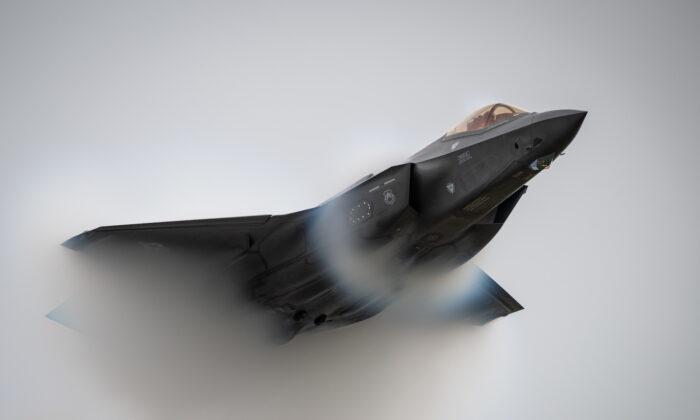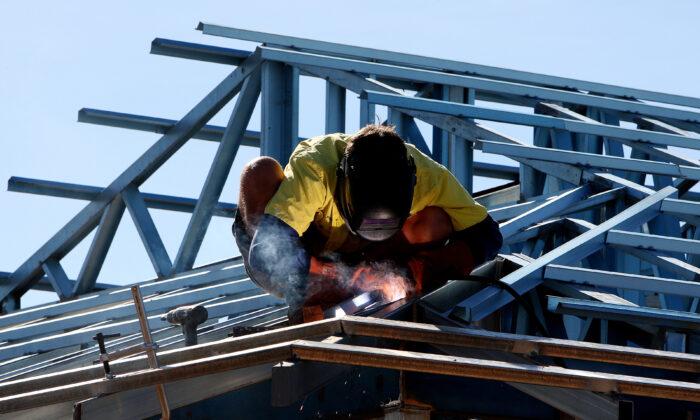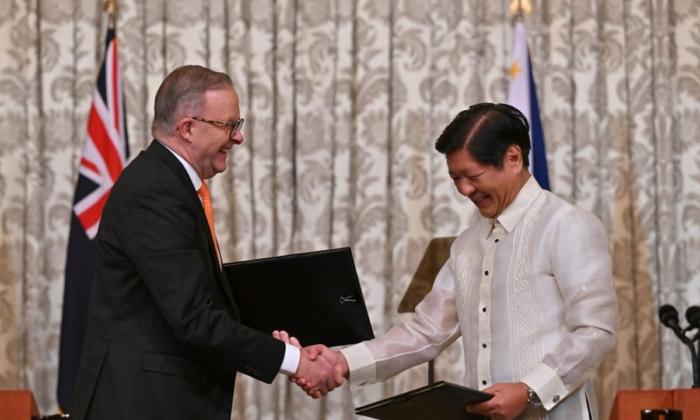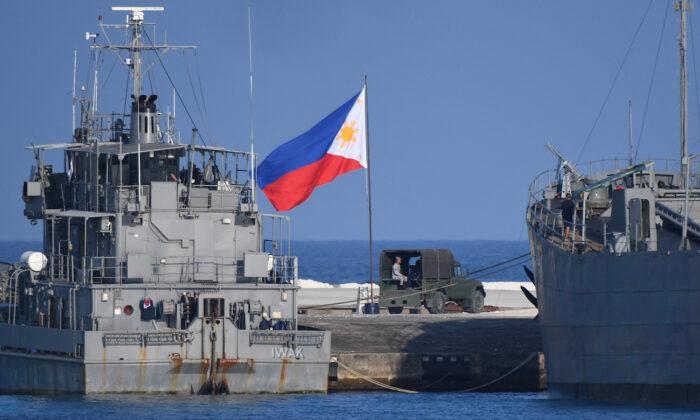The United States, Australia, and Japan are conducting trilateral military exercises on Guam as the allies look to strengthen joint response times to counter growing threats from China and Russia in the Indo-Pacific region.
The Cope North 21 exercises will bring together more than 2,000 military personnel at Andersen Air Force Base, Guam, along with approximately 95 aircraft from the three nations.
“To adapt, the Air Force must evolve from its dependence on well-established airfields, or risk building an operational edge,” Sloane said.
Whichever base might have been targeted in the video, the Cope North 21 exercises will involve staging a scenario for F-35 and F-16 fighter jets out of Japan and Alaska to launch a simulated mission in an environment similar to the base.
The planes will have to demonstrate the ability to land in a remote environment, refuel, and launch again on simulated attack missions, while operating from small, rough airfields with limited facilities. Describing the base’s northwest field, Sloane said, “It has minimal markings, minimal lighting, and no permanent aircraft or airfield control.”
“The PLA will be less confident in its ability to defeat US military forces in the region because they will be less certain where fighter aircraft might operate from,” Heath said.
Cope North 21 will also establish the new fifth-generation Joint Strike Fighter’s military presence, the F-35A, as America will be deploying the planes into the theater of operation.
Australia and Japan both have F-35s but will focus this year on incorporating joint air communications capabilities and web-enabled logistics support as the planes roll out among the allied air forces.
The three countries held similar drills in December 2019. These drills were seen as a reaction to increasing U.S. pressure on Iran after then-President Donald Trump pulled out of the Iranian nuclear deal in 2018 and reimposed sanctions on Tehran.




